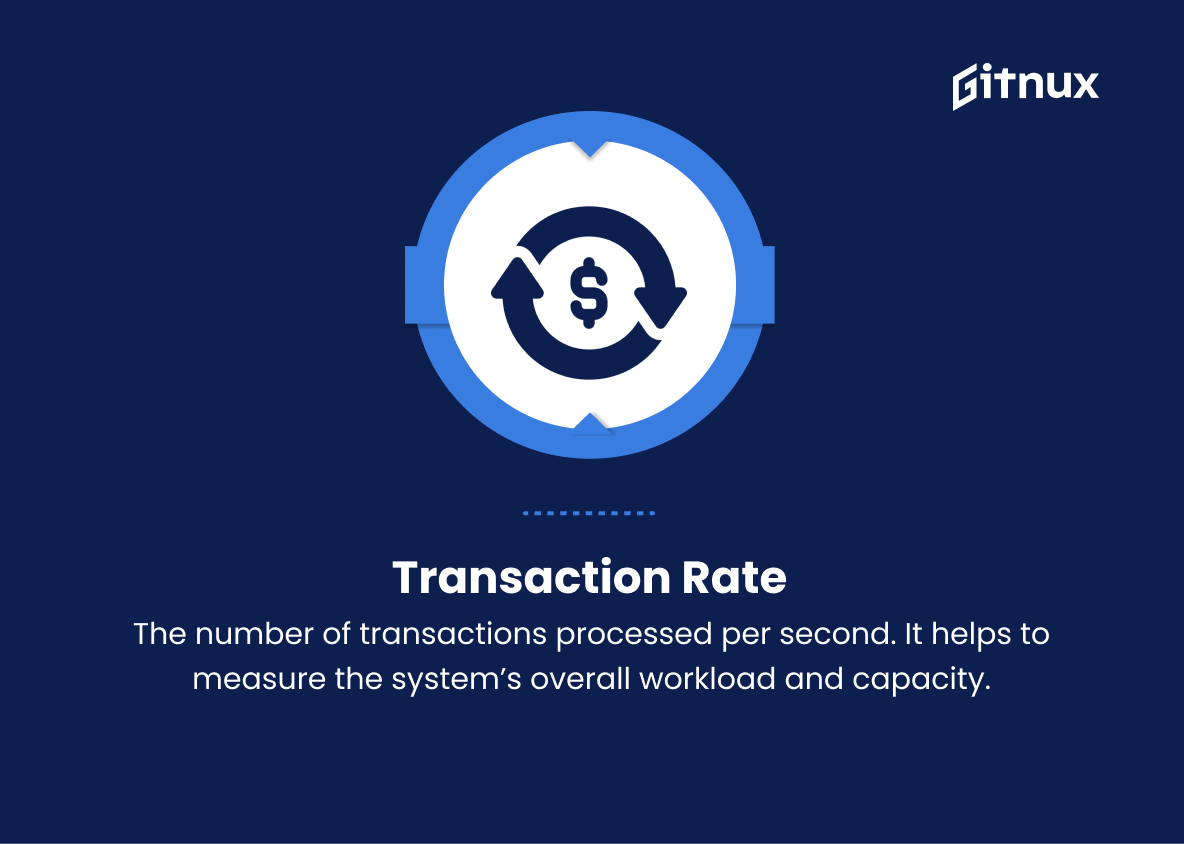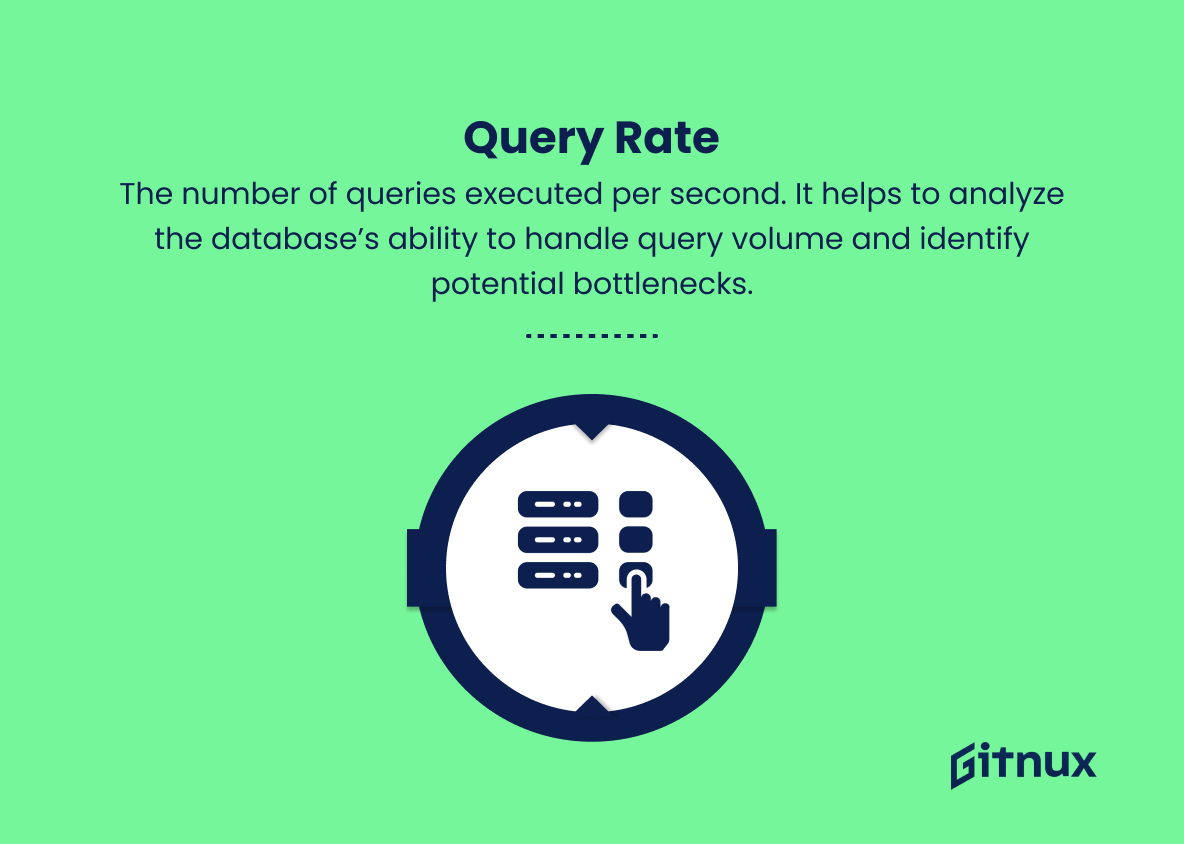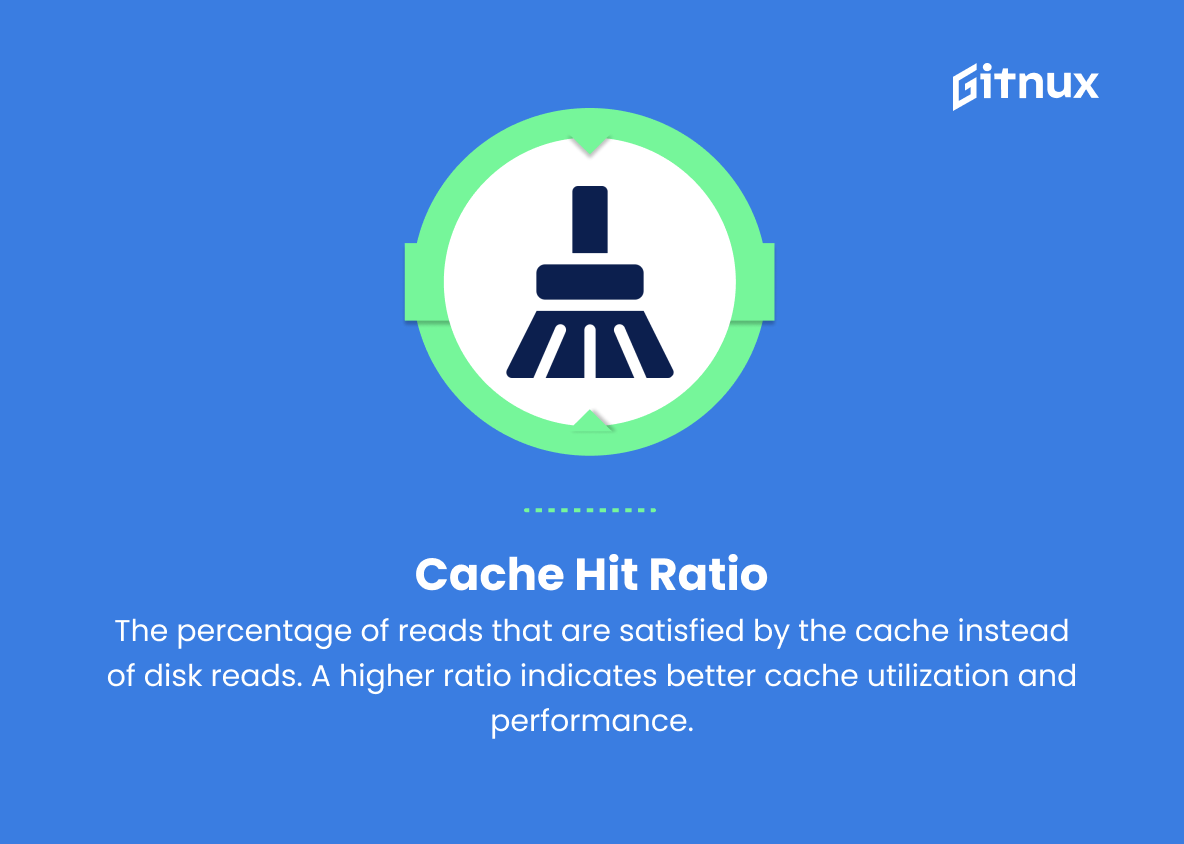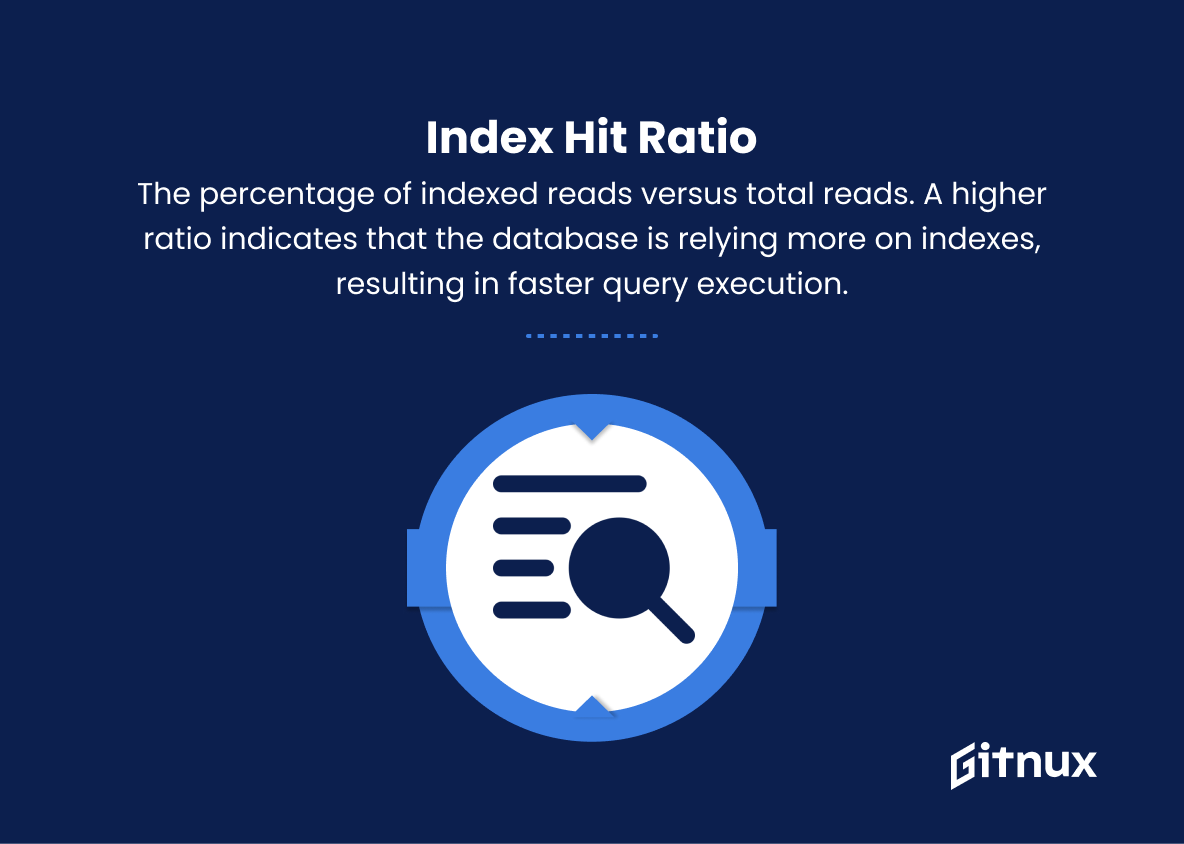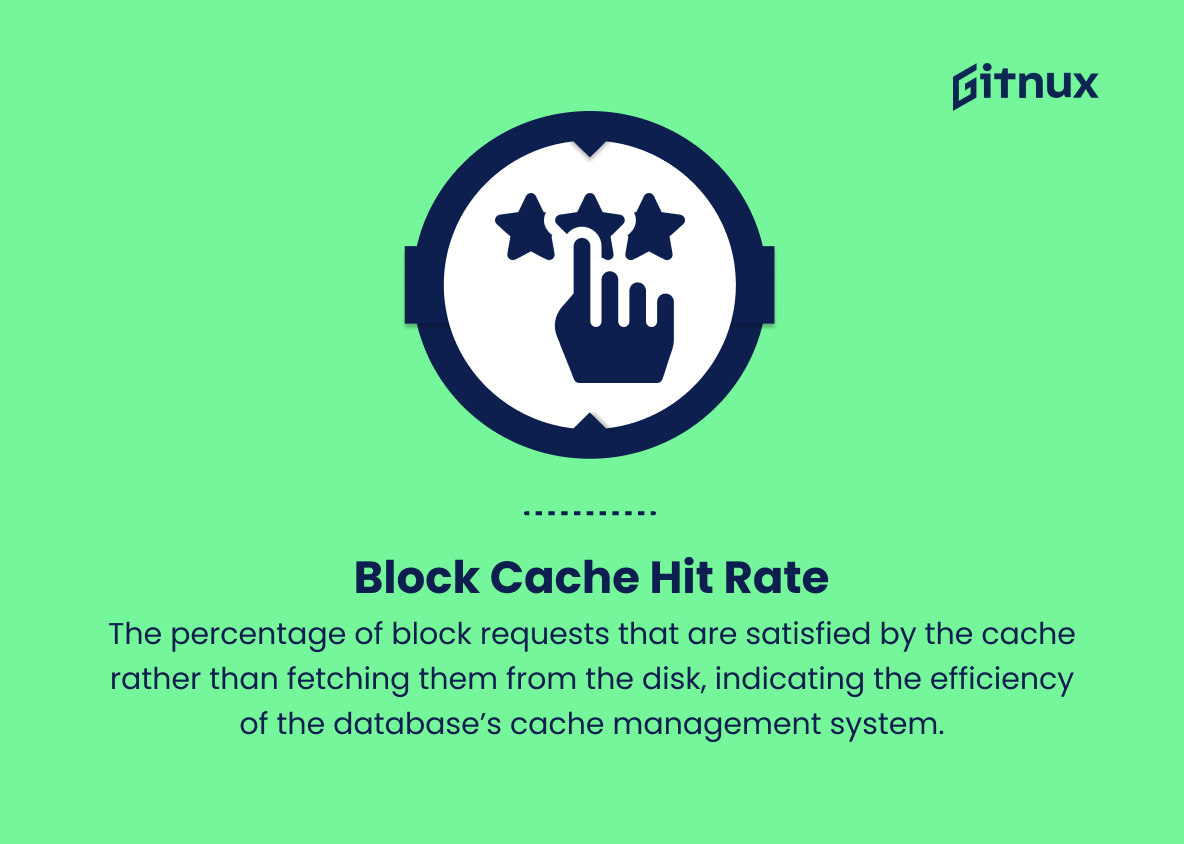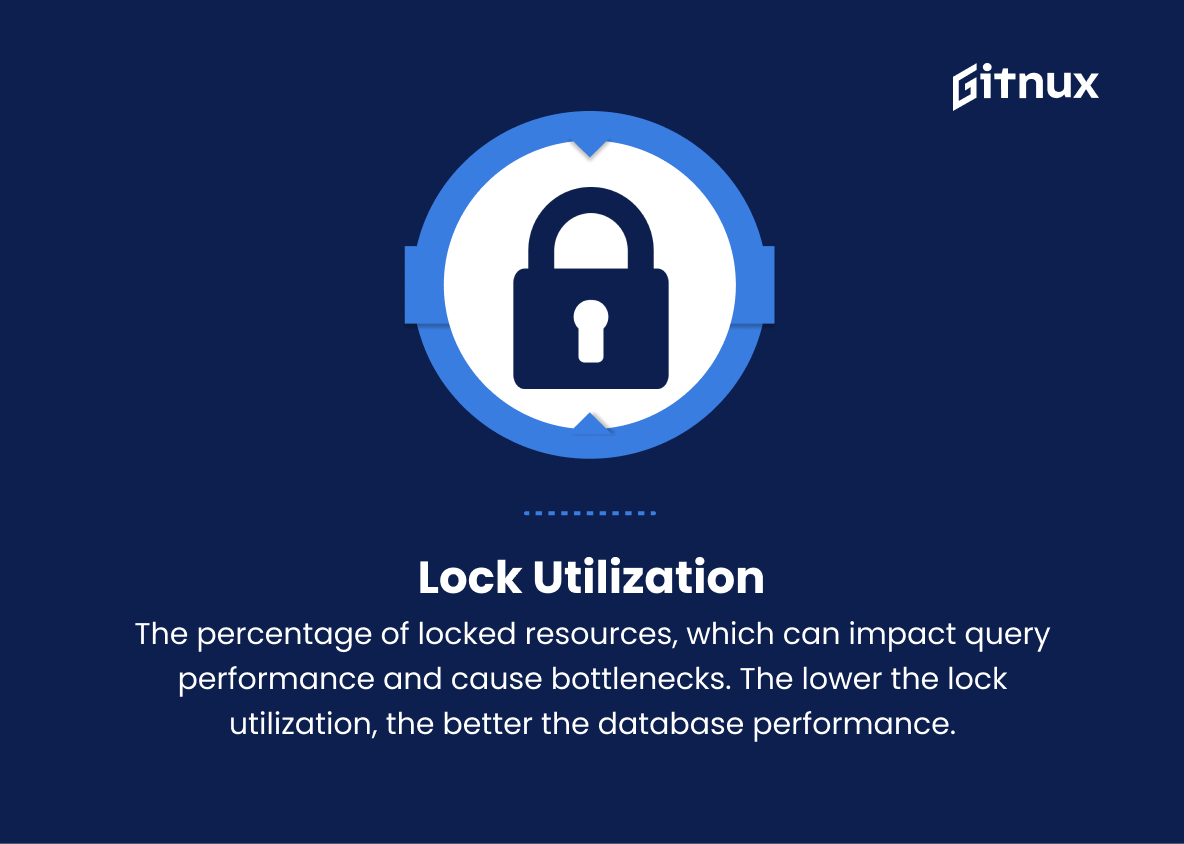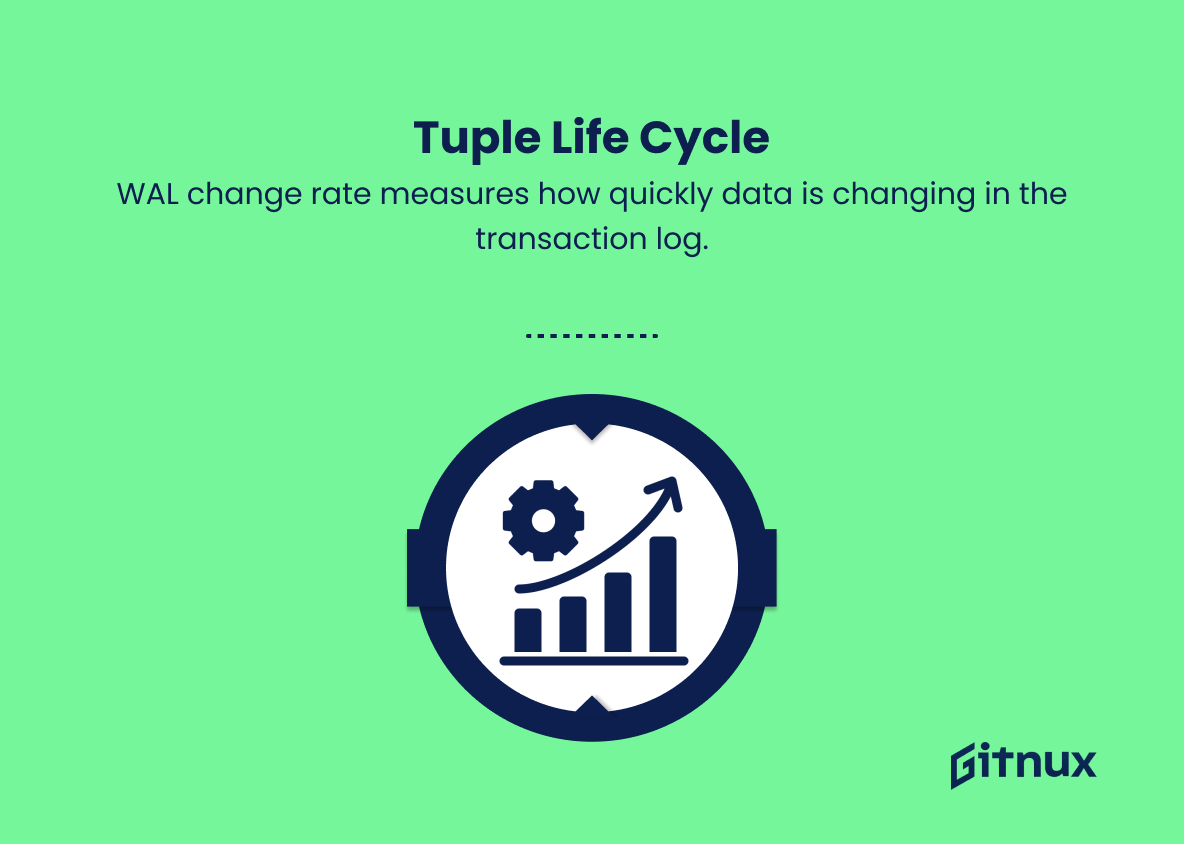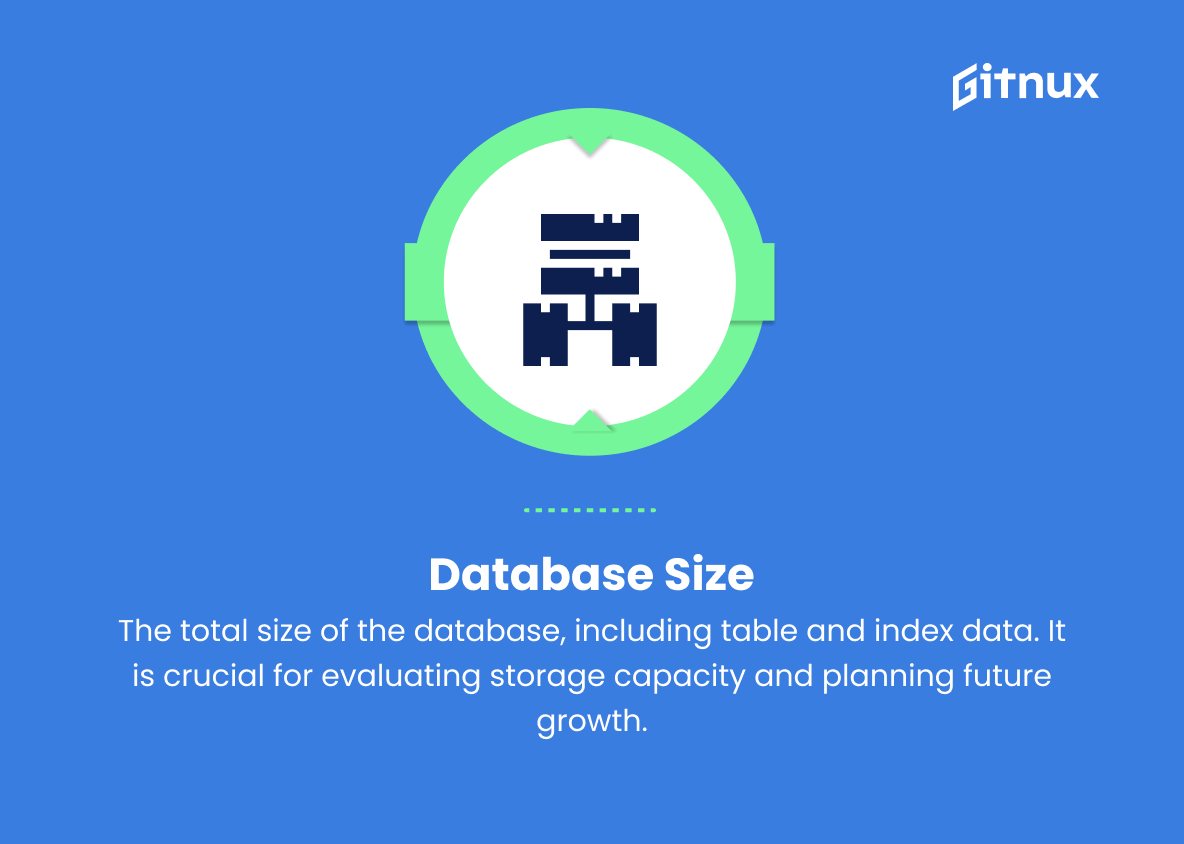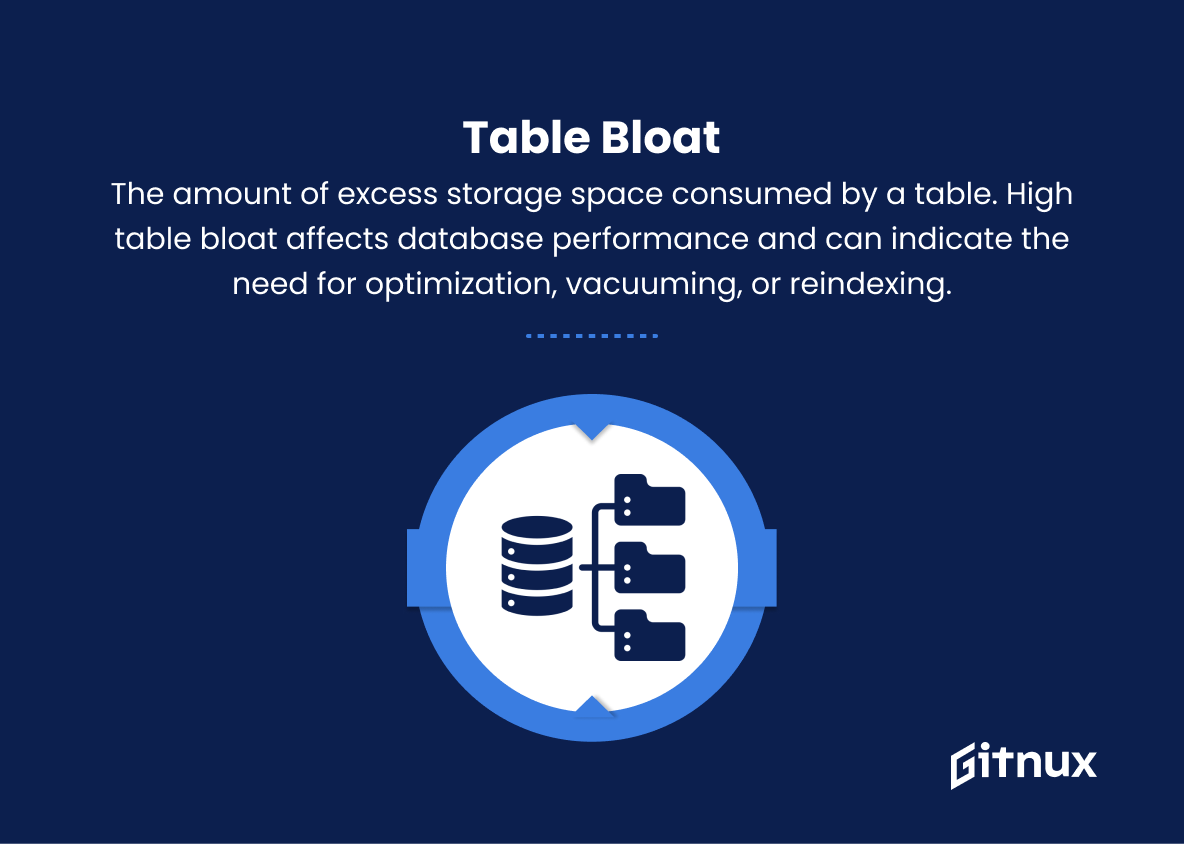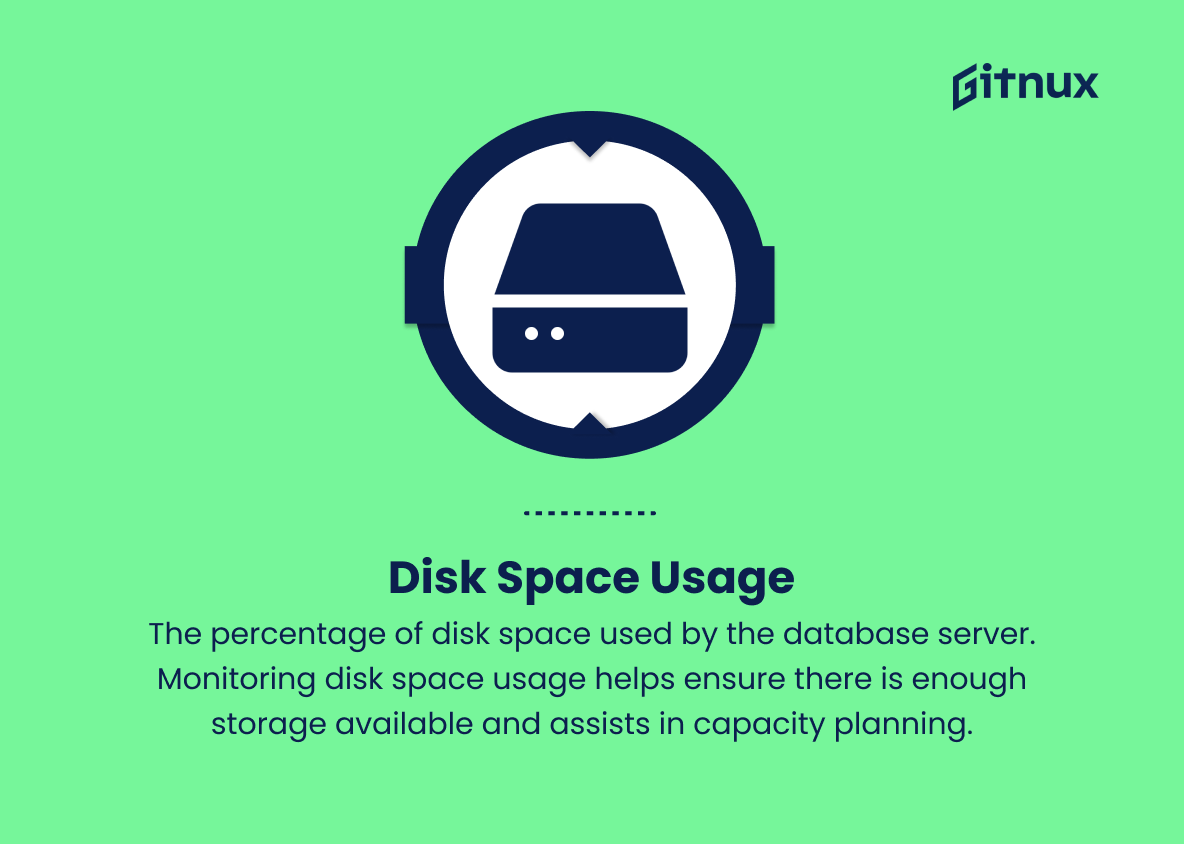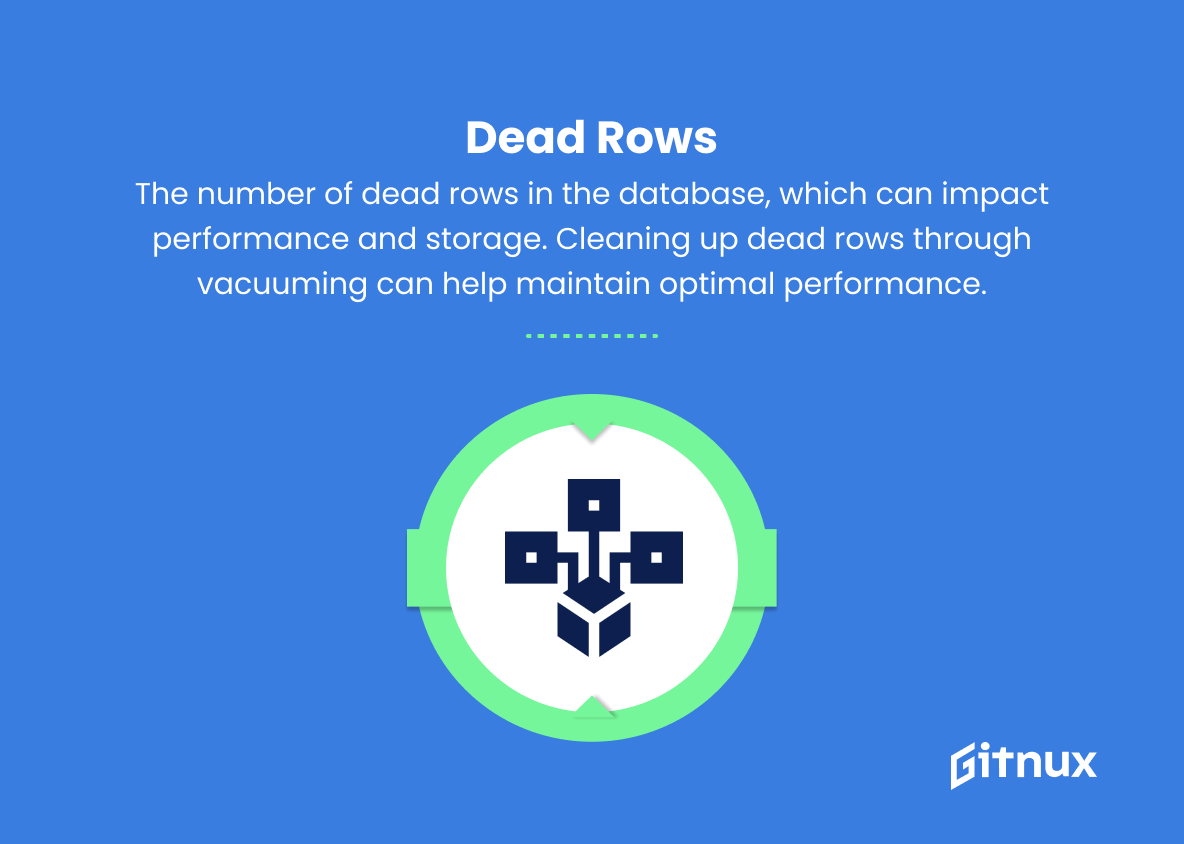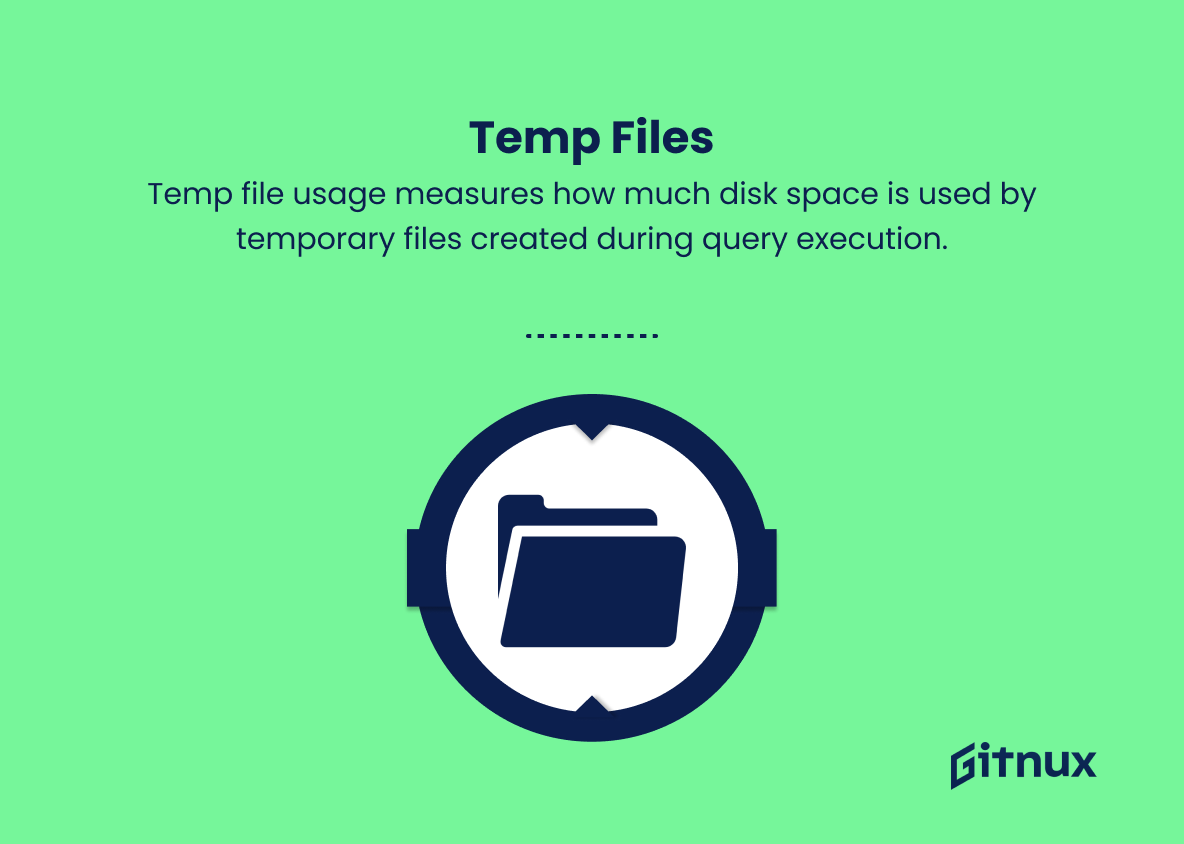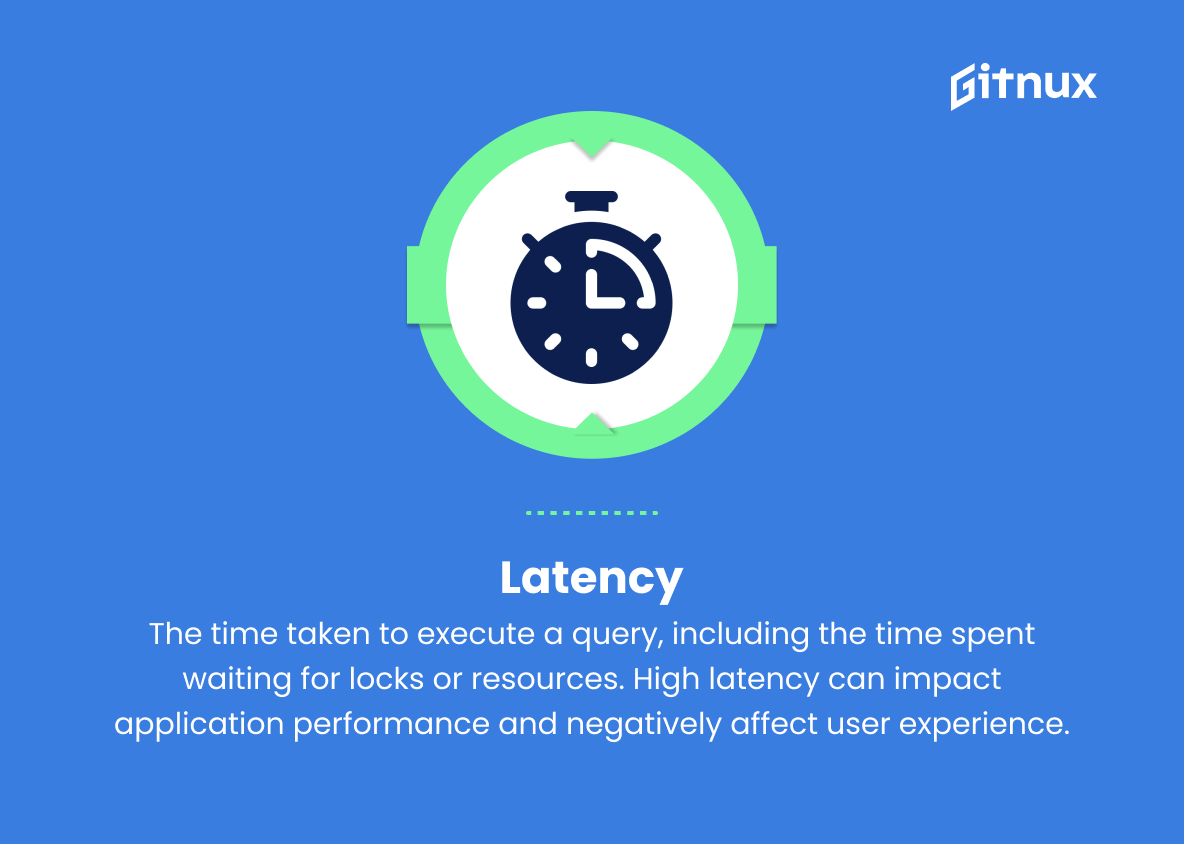In today’s data-driven world, businesses and organizations rely heavily on efficient and powerful database systems to store, manage, and analyze vast amounts of information. Among these systems, Postgres sits as one of the most robust and versatile open-source databases. With its ever-growing capabilities, it becomes increasingly important for developers, database administrators, and team leaders to have a comprehensive understanding of key Postgres Metrics to ensure optimal performance and long-term success.
In this insightful blog post, we will delve into the essential metrics you need to monitor, providing you an in-depth view of the Postgres ecosystem’s various components, and sharing valuable tips on how to leverage these metrics to make informed decisions about your database system’s health and efficiency.
Postgres Metrics You Should Know
1. Transaction Rate
The number of transactions processed per second. It helps to measure the system’s overall workload and capacity.
2. Query Rate
The number of queries executed per second. It helps to analyze the database’s ability to handle query volume and identify potential bottlenecks.
3. Cache Hit Ratio
The percentage of reads that are satisfied by the cache instead of disk reads. A higher ratio indicates better cache utilization and performance.
4. Index Hit Ratio
The percentage of indexed reads versus total reads. A higher ratio indicates that the database is relying more on indexes, resulting in faster query execution.
5. Block Cache Hit Rate
The percentage of block requests that are satisfied by the cache rather than fetching them from the disk, indicating the efficiency of the database’s cache management system.
6. Connection Utilization
The percentage of connections being used out of the maximum available connections. It helps ensure that the database remains responsive under high workloads.
7. Lock Utilization
The percentage of locked resources, which can impact query performance and cause bottlenecks. The lower the lock utilization, the better the database performance.
8. Tuple Life Cycle
The rate of logging tuple insertions, updates, and deletions into the transaction log (WAL). Monitoring these metrics helps in estimating the rate of data churn and implications on storage and performance.
9. Database Size
The total size of the database, including table and index data. It is crucial for evaluating storage capacity and planning future growth.
10. Table Bloat
The amount of excess storage space consumed by a table. High table bloat affects database performance and can indicate the need for optimization, vacuuming, or reindexing.
11. Disk Space Usage
The percentage of disk space used by the database server. Monitoring disk space usage helps ensure there is enough storage available and assists in capacity planning.
12. Dead Rows
The number of dead rows in the database, which can impact performance and storage. Cleaning up dead rows through vacuuming can help maintain optimal performance.
13. WAL Metrics
Write Ahead Log (WAL) metrics, such as WAL size, rate of growth, and checkpoint frequency, help monitor the efficiency of the transaction logging process and optimize log archiving and backups.
14. Temp Files
The number of temporary files created by the database during query execution. Monitoring temp file usage helps identify queries that can be optimized to prevent disk space and performance issues.
15. Latency
The time taken to execute a query, including the time spent waiting for locks or resources. High latency can impact application performance and negatively affect user experience.
16. Replication Lag
The delay between a change being made to the primary database and the same change being applied to the replica. Ensuring minimal replication lag helps maintain data consistency across multiple instances and supports high availability scenarios.
Postgres Metrics Explained
Transaction Rate is a crucial Postgres metric, as it measures the system’s overall workload and capacity by assessing the number of transactions processed per second. Query Rate, on the other hand, analyzes the database’s ability to handle query volume, helping identify potential bottlenecks. Cache Hit Ratio and Index Hit Ratio are vital indicators of database performance, as they demonstrate the efficiency of cache utilization and indexed reads versus total reads, respectively. In terms of cache management, Block Cache Hit Rate reflects its effectiveness by showing the percentage of block requests satisfied by the cache.
Connection Utilization and Lock Utilization help ensure that the database remains responsive under high workloads while maintaining low bottlenecks. Tuple Life Cycle metrics allow estimation of data churn implications on storage and performance, while Database Size, Table Bloat, and Disk Space Usage metrics facilitate storage planning and optimization. Dead Rows and WAL Metrics impact performance through transaction logging efficiency, whereas monitoring Temp Files usage helps identify queries is essential for optimization. Lastly, Latency and Replication Lag play critical roles in maintaining a positive user experience and data consistency across multiple instances, which contribute to high availability scenarios.
Conclusion
In closing, Postgres Metrics is an invaluable tool for any development team, providing insight and visibility into the performance and usage of your PostgreSQL databases. By leveraging the extensive range of metrics, developers and administrators are better equipped to optimize database efficiency, detect potential issues, and streamline debugging processes.
Utilization of Postgres Metrics is, without a doubt, a crucial component in the pursuit of elevated stability, security, and scalability for your applications. As your database system evolves, so too will your reliance on and appreciation for the powerful insights Postgres Metrics delivers.
